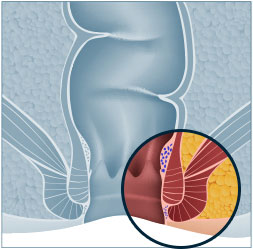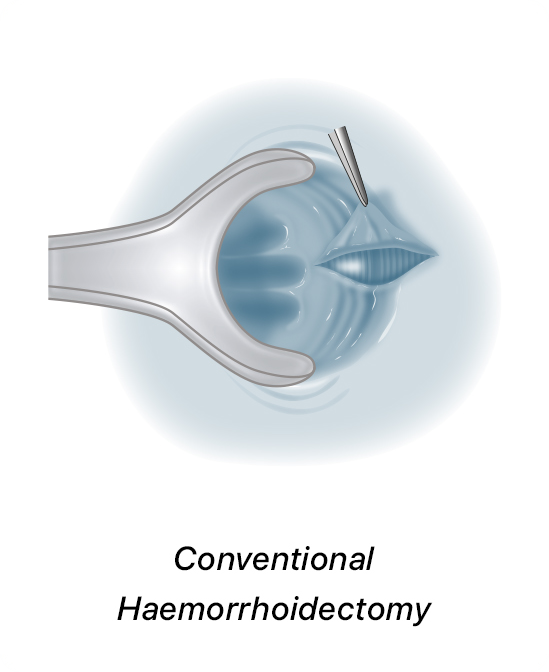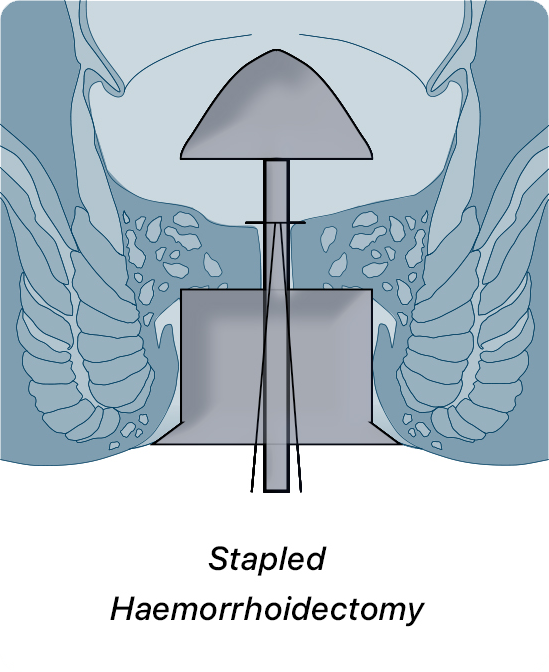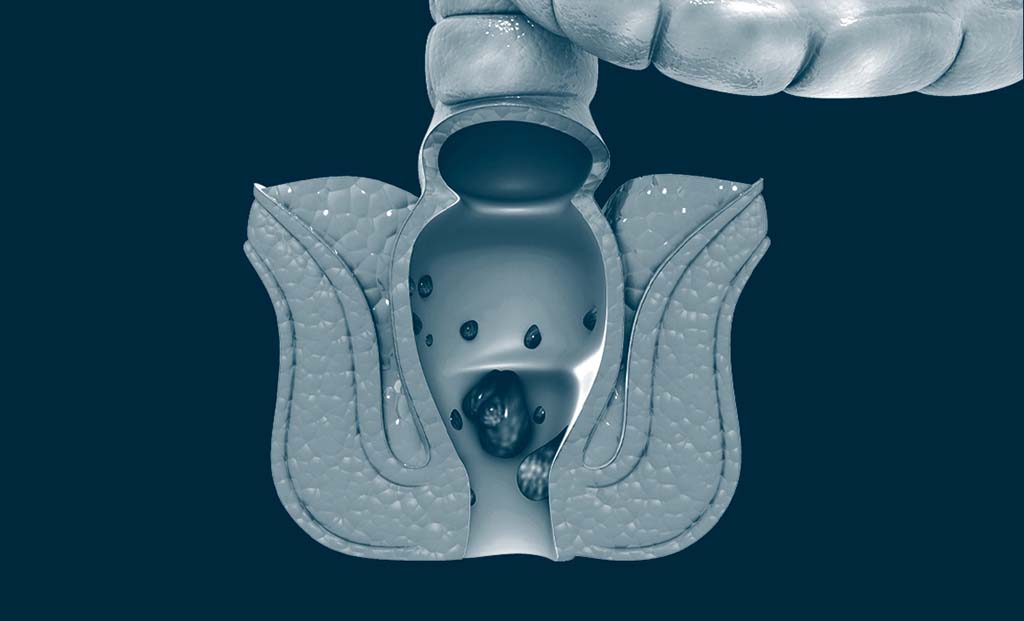
What are Haemorrhoids /Piles?
Haemorrhoids or piles are abnormally enlarged anal cushions, that are part of the normal anatomy in everyone but become problematic when the blood vessels within become engorged and bleed or prolapse with defaecation. Causes of piles include chronic constipation, excessive straining and pregnancy.





 The piles are removed with an electrocautery knife, and wounds generally take about 4 to 6 weeks to heal
completely. The wounds tend to be fairly painful as the lower anal canal and anal skin are very rich in nerve
endings. As such, strong painkillers and stool softeners are usually prescribed post-operatively.
The piles are removed with an electrocautery knife, and wounds generally take about 4 to 6 weeks to heal
completely. The wounds tend to be fairly painful as the lower anal canal and anal skin are very rich in nerve
endings. As such, strong painkillers and stool softeners are usually prescribed post-operatively.
 A purpose built circular stapling device is used to remove a circumferential ring of haemorrhoid tissue. This
method works by removal of a ring of haemorrhoids, disruption of the blood supply to the haemorrhoids as well
as pulling up of the prolapsed haemorrhoids up to their usual position.
A purpose built circular stapling device is used to remove a circumferential ring of haemorrhoid tissue. This
method works by removal of a ring of haemorrhoids, disruption of the blood supply to the haemorrhoids as well
as pulling up of the prolapsed haemorrhoids up to their usual position.

